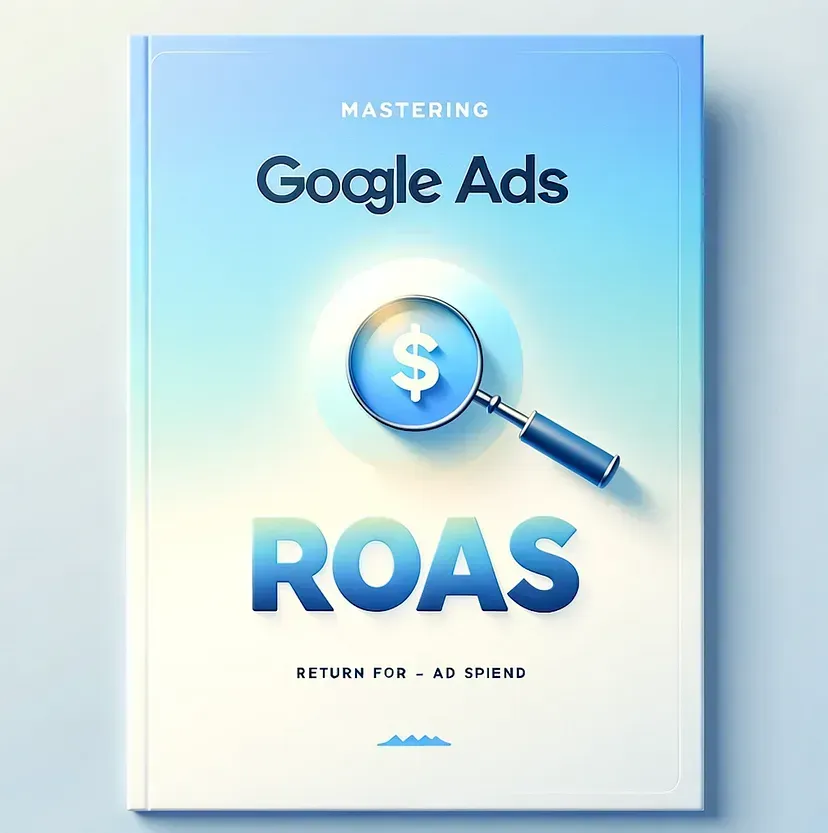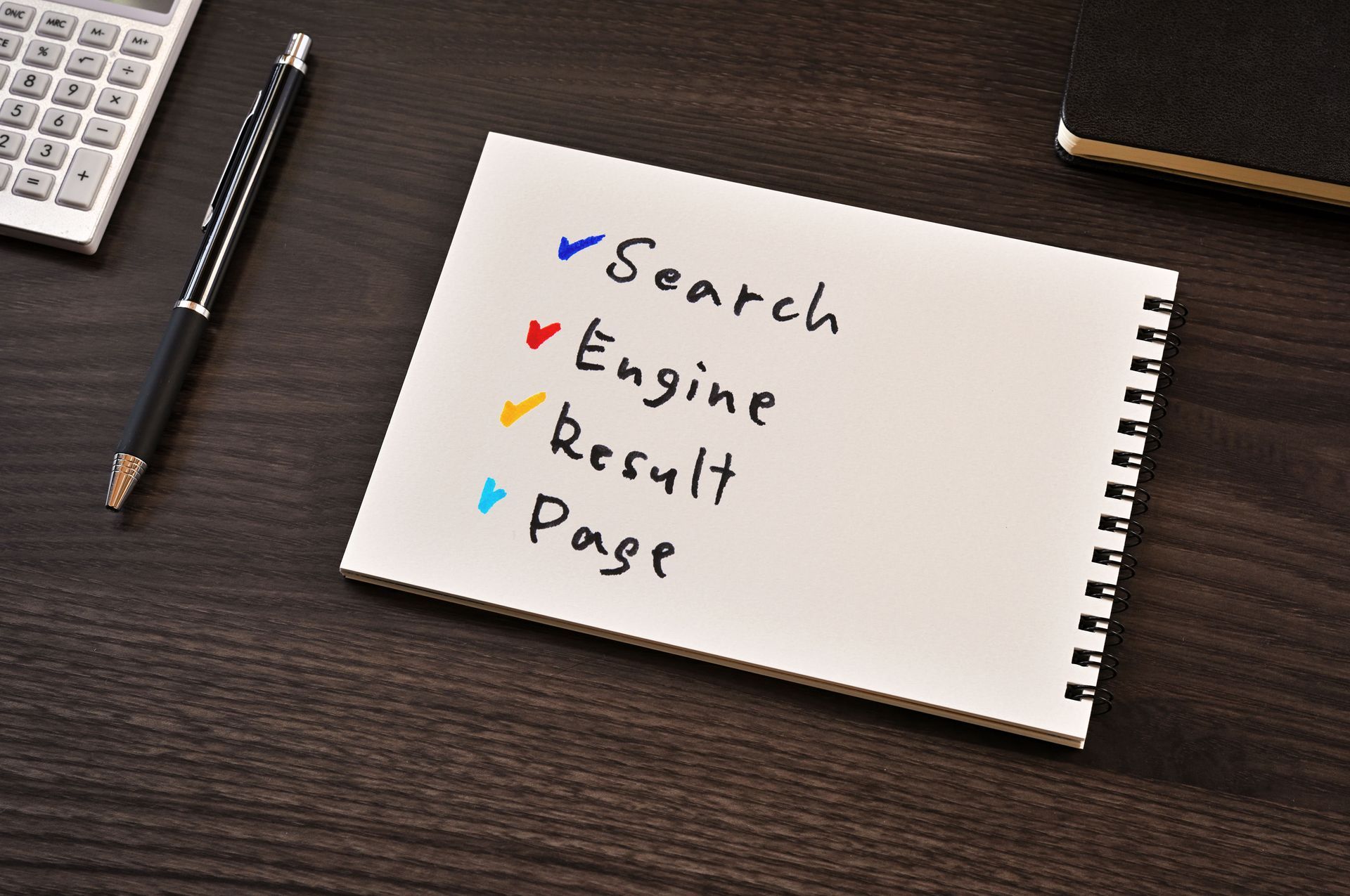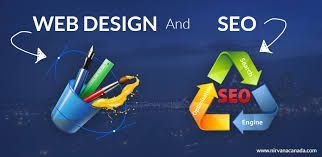4 Steps to Optimize Your SEO and Ad Buying Efforts
Understanding SEO and Ad Buying
In today's digital world, having a strong online presence is crucial for businesses to thrive and succeed. One of the key factors in achieving this is optimizing your SEO (Search Engine Optimization) and ad buying efforts. By effectively implementing these strategies, you can increase your website visibility, attract more organic traffic, and ultimately drive conversions and sales. In this article, we will walk you through four important steps to help you optimize your SEO and ad buying efforts for maximum results.
Before we dive into the steps, let's first understand the significance of SEO and ad buying in the digital marketing landscape. SEO refers to the process of optimizing your website and its content to increase its visibility on search engine results pages (SERPs). Ad buying, on the other hand, involves purchasing ad space on various platforms to reach your target audience. Both strategies work hand in hand to enhance your online presence and drive traffic to your website.
The Importance of SEO in Digital Marketing
SEO plays a crucial role in digital marketing as it helps your website rank higher on search engines, making it more visible to potential customers. By optimizing your website for SEO, you can attract organic traffic, generate quality leads, and improve your overall brand visibility. Implementing SEO best practices should be a top priority for any business looking to succeed in the digital world.
What is Ad Buying and Why Does it Matter?
Ad buying is the process of purchasing ad space on various platforms to promote your products or services. With ad buying, you can target specific audiences, display your ads to potential customers, and drive traffic to your website. This strategy matters because it allows you to reach your target audience effectively, increase brand awareness, and drive conversions. By combining ad buying with SEO, you can maximize the impact of your digital marketing efforts.
Step 1: Conducting a Comprehensive Keyword Research
Keyword research is the foundation of any successful SEO and ad buying strategy. By identifying relevant keywords, you can optimize your website content and target the right audience. To conduct a comprehensive keyword research, you can utilize various tools available in the market. These tools provide valuable insights into search volumes, competition levels, and keyword trends. With this information, you can choose the right keywords that align with your business goals and target audience.
Tools for Effective Keyword Research
When it comes to keyword research, there are several tools that can help streamline the process. Tools like Google Keyword Planner, SEMrush, and Moz Keyword Explorer provide valuable data on search volume, competition, and keyword suggestions. By using these tools, you can uncover hidden opportunities, identify long-tail keywords, and optimize your content accordingly.
How to Choose the Right Keywords
Choosing the right keywords is crucial for the success of your SEO and ad buying efforts. To select the most effective keywords, consider factors such as search volume, competition, and relevance to your business. Look for keywords with a decent search volume but low competition to increase your chances of ranking higher on SERPs. Additionally, focus on long-tail keywords that are more specific and targeted to attract quality traffic.
Step 2: Creating Quality Content
Content is king when it comes to SEO and ad buying. Creating high-quality, informative, and engaging content is essential to attract and retain your target audience. For SEO purposes, make sure your content is optimized with relevant keywords, headings, and meta tags. This will help search engines identify the relevance of your content and rank it higher. When it comes to ad buying, crafting compelling ad copies and landing pages can significantly impact your click-through rates and conversions.
The Role of Content in SEO
Creating valuable content is essential for SEO success. By publishing high-quality blog posts, articles, and other forms of content, you can establish your authority in your industry and attract organic traffic. When optimizing your content for SEO, ensure it is well-structured, relevant, and easy to understand. Incorporate your target keywords naturally and provide useful information that resonates with your audience.
Writing for Ad Buying
When it comes to ad buying, the content of your ads and landing pages plays a crucial role in attracting and convincing potential customers. Write persuasive ad copies that highlight the unique selling points of your products or services. On your landing pages, provide clear and concise information that encourages visitors to take the desired action, whether it's making a purchase, filling out a form, or subscribing to your newsletter.
Step 3: Optimizing Your Website for SEO
To improve your website's visibility and ranking on search engines, it's essential to optimize various on-page and off-page elements. On-page SEO involves optimizing elements within your website, such as meta tags, headings, URLs, and internal linking. Off-page SEO, on the other hand, focuses on building quality backlinks and improving your website's online reputation.
On-Page SEO Techniques
Implementing on-page SEO techniques can have a significant impact on your website's visibility. Optimize your meta tags with relevant keywords, create descriptive and user-friendly URLs, and use proper heading tags to structure your content. Additionally, ensure your website is mobile-friendly, loads quickly, and provides a seamless user experience. Don't forget to optimize your images by adding alt text and compressing them to improve page load speed.
Off-Page SEO Techniques
Off-page SEO focuses on building quality backlinks from authoritative websites. This can be achieved through various methods such as guest blogging, influencer outreach, and social media promotion. By earning backlinks from reputable sources, you can improve your website's domain authority and increase your chances of ranking higher on search engine results pages.
Step 4: Implementing an Effective Ad Buying Strategy
When it comes to ad buying, it's crucial to understand the different platforms available and choose the ones that align with your business goals. Each platform offers unique targeting options, ad formats, and pricing models. By selecting the right platforms and optimizing your ad campaigns, you can maximize your ad spend and achieve your desired results.
Understanding Different Ad Buying Platforms
There are several ad buying platforms available, each with its own strengths and targeting capabilities. Google Ads, Facebook Ads, and LinkedIn Ads are some of the popular platforms used by businesses today. Google Ads allows you to display ads on search engine results pages, while Facebook Ads and LinkedIn Ads target specific audiences based on demographics and interests. Understanding the strengths and limitations of each platform will help you make informed decisions to reach your target audience effectively.
Setting Up Your Ad Buying Campaign
When setting up your ad buying campaign, it's important to define your goals, target audience, and budget. Create compelling ad copies that align with your target audience's needs and interests. Monitor your ad campaigns regularly and optimize them based on performance data. Adjust your targeting, ad formats, and bidding strategies to maximize your return on investment (ROI).
Conclusion
Optimizing your SEO and ad buying efforts requires a combination of strategic planning, research, and continuous optimization. By following the six steps outlined in this article, you can effectively optimize your website's visibility, attract relevant traffic, and grow your online presence. Remember, SEO and ad buying are ongoing processes that require constant monitoring and adjustment. Stay updated with the latest trends and best practices to stay ahead of the competition and achieve your digital marketing goals.










